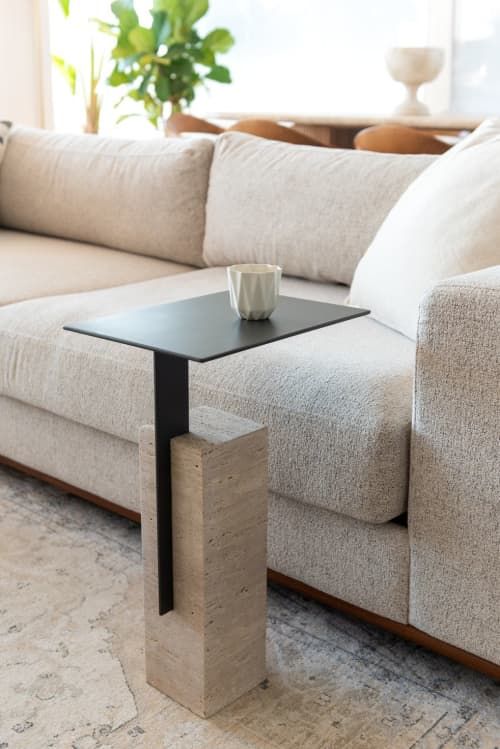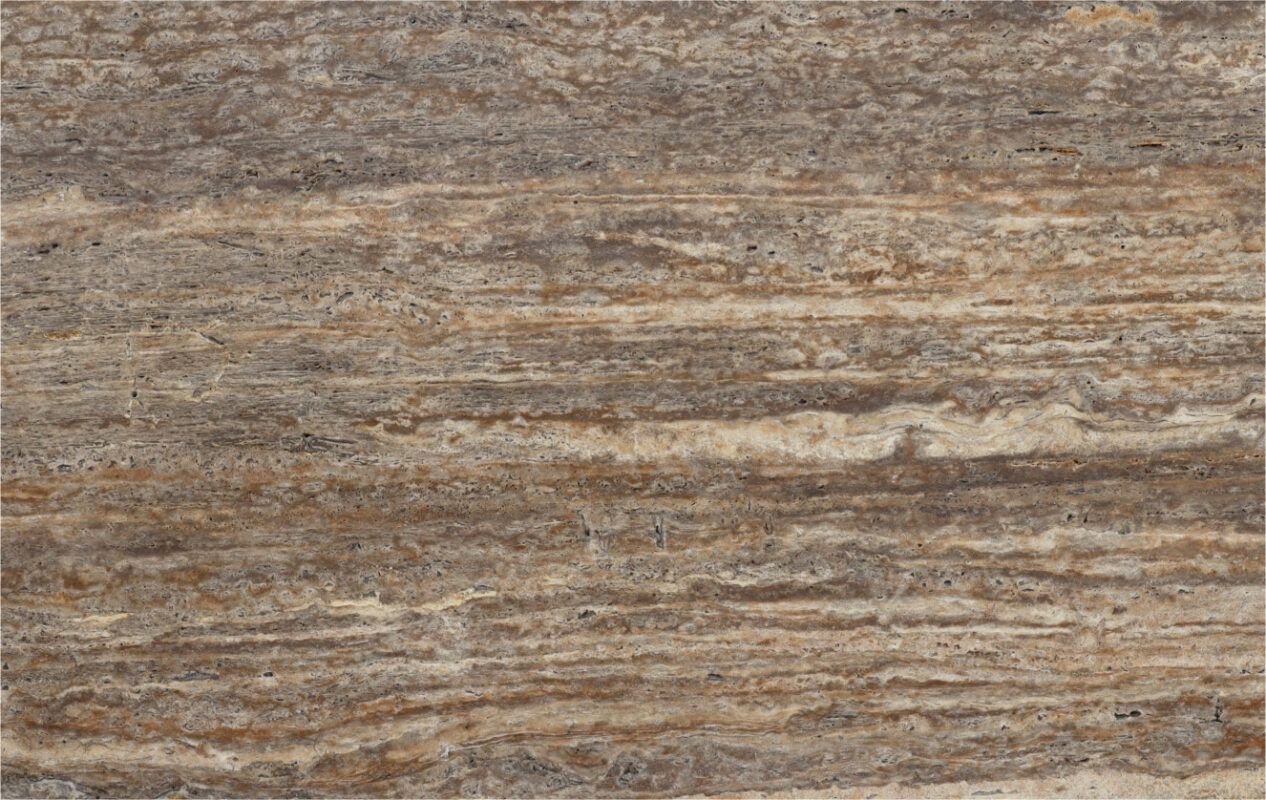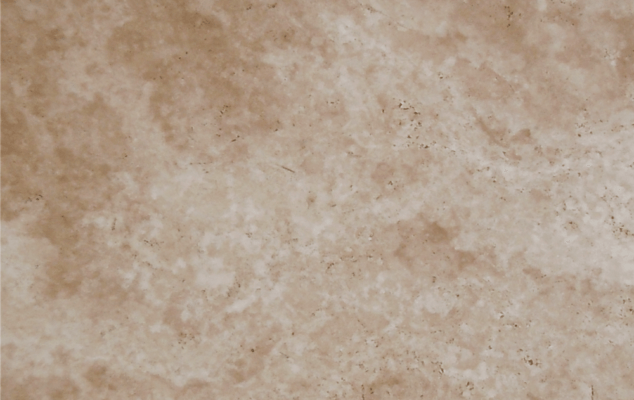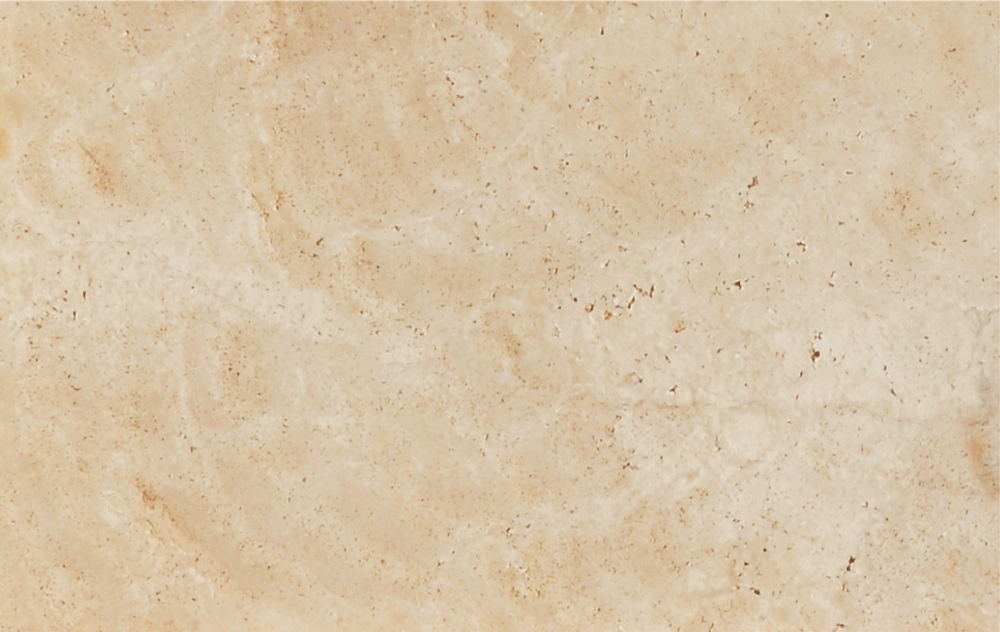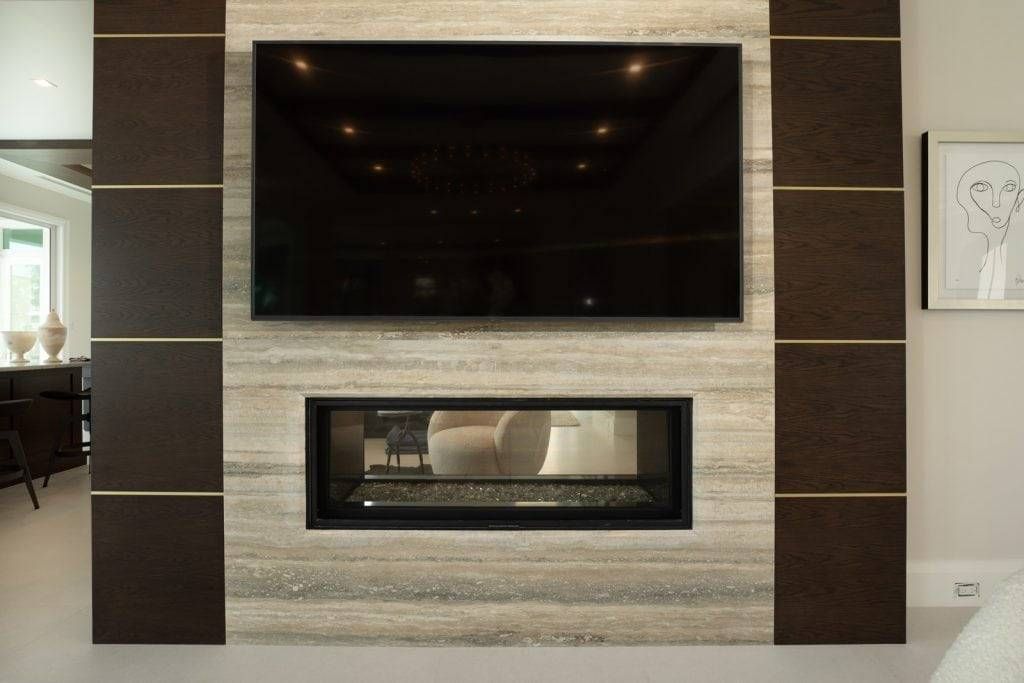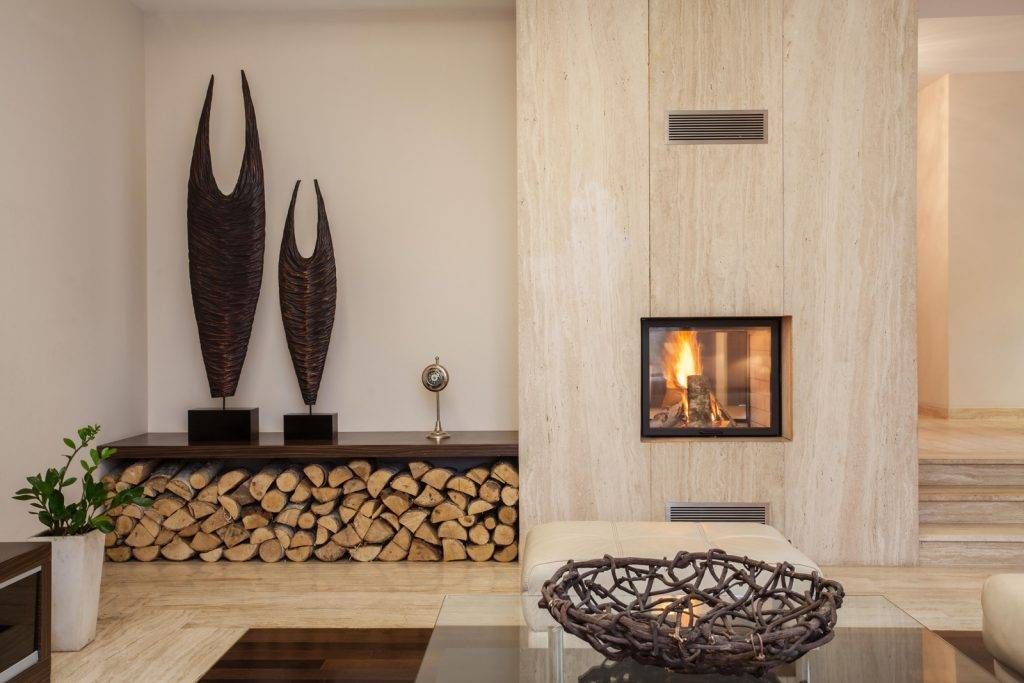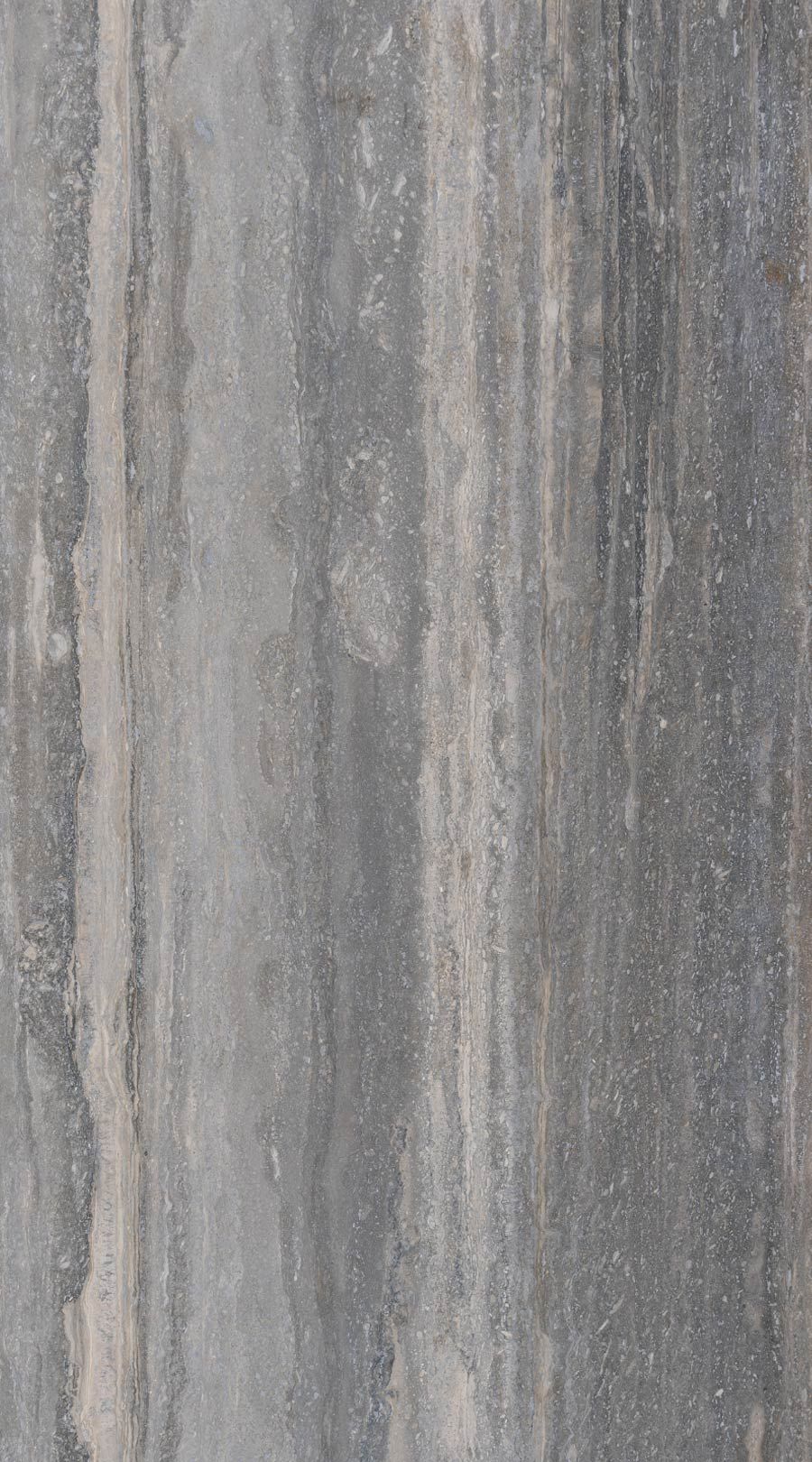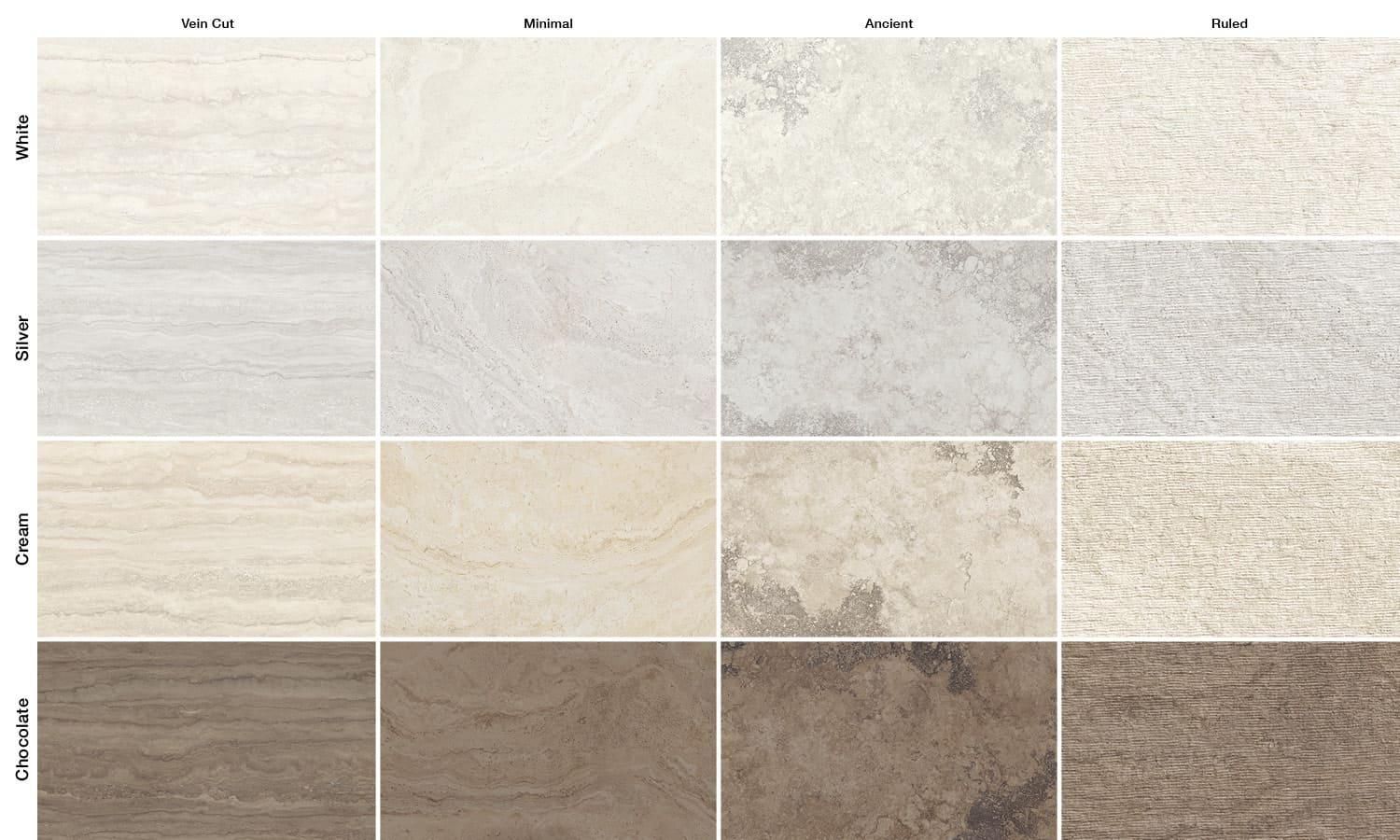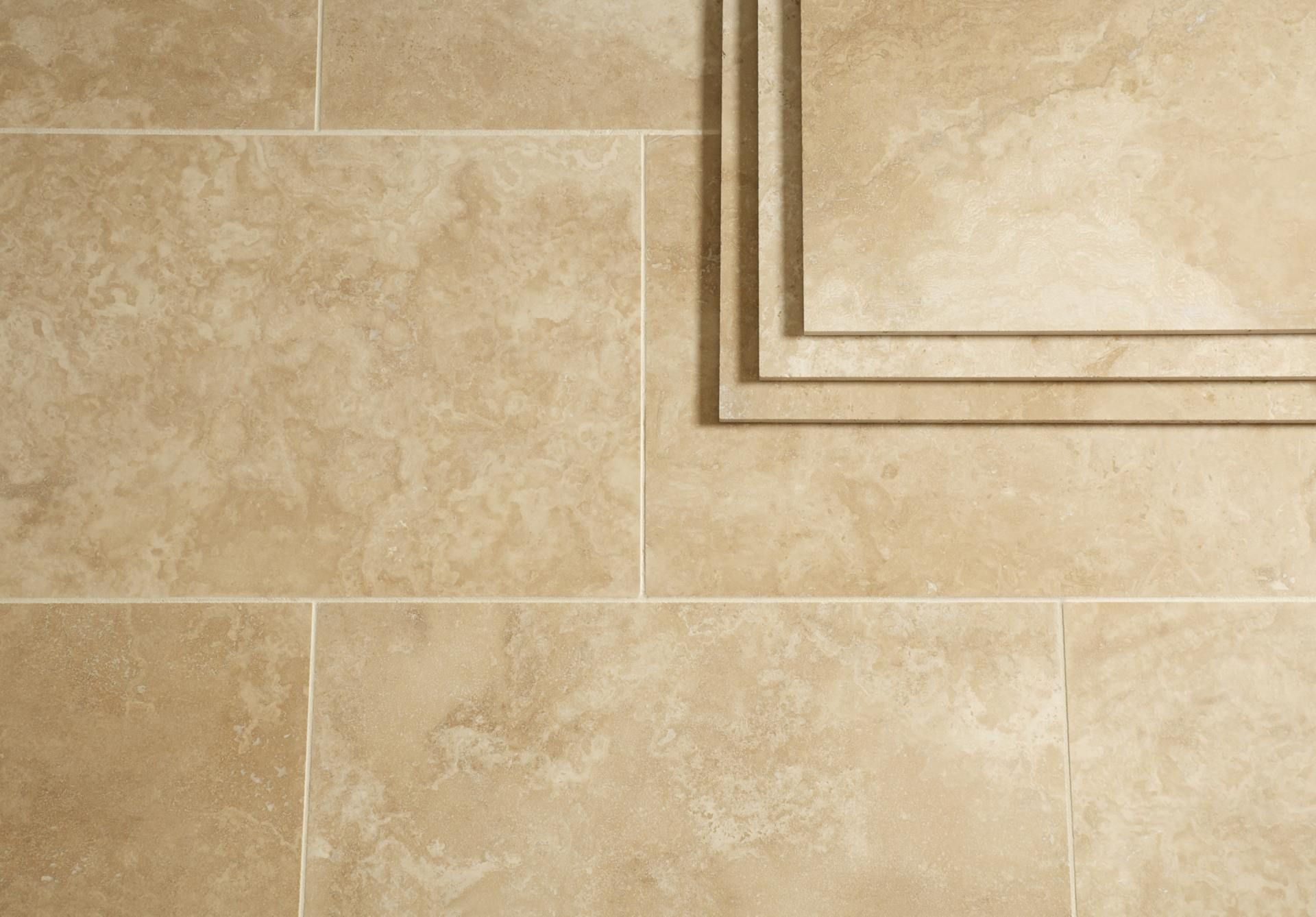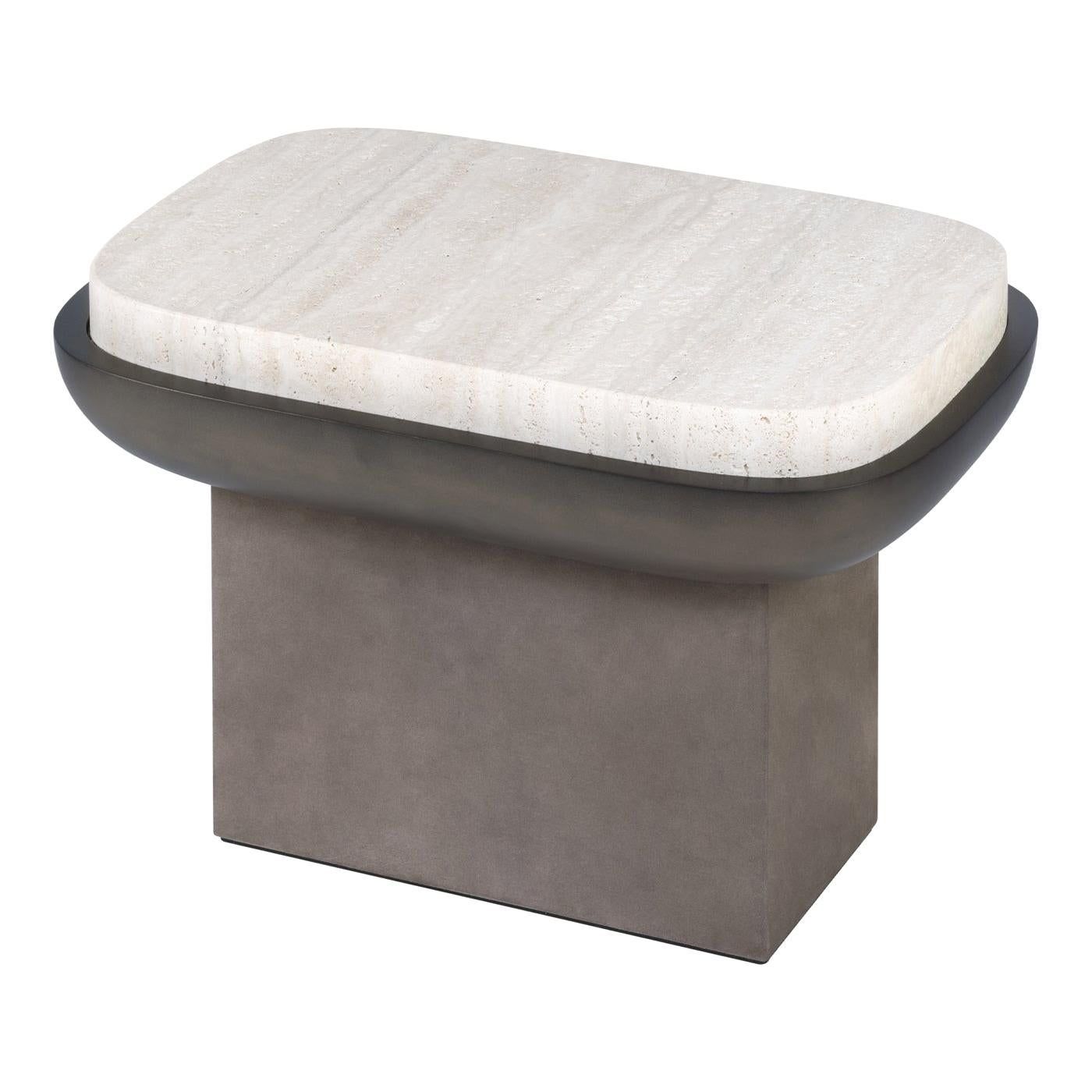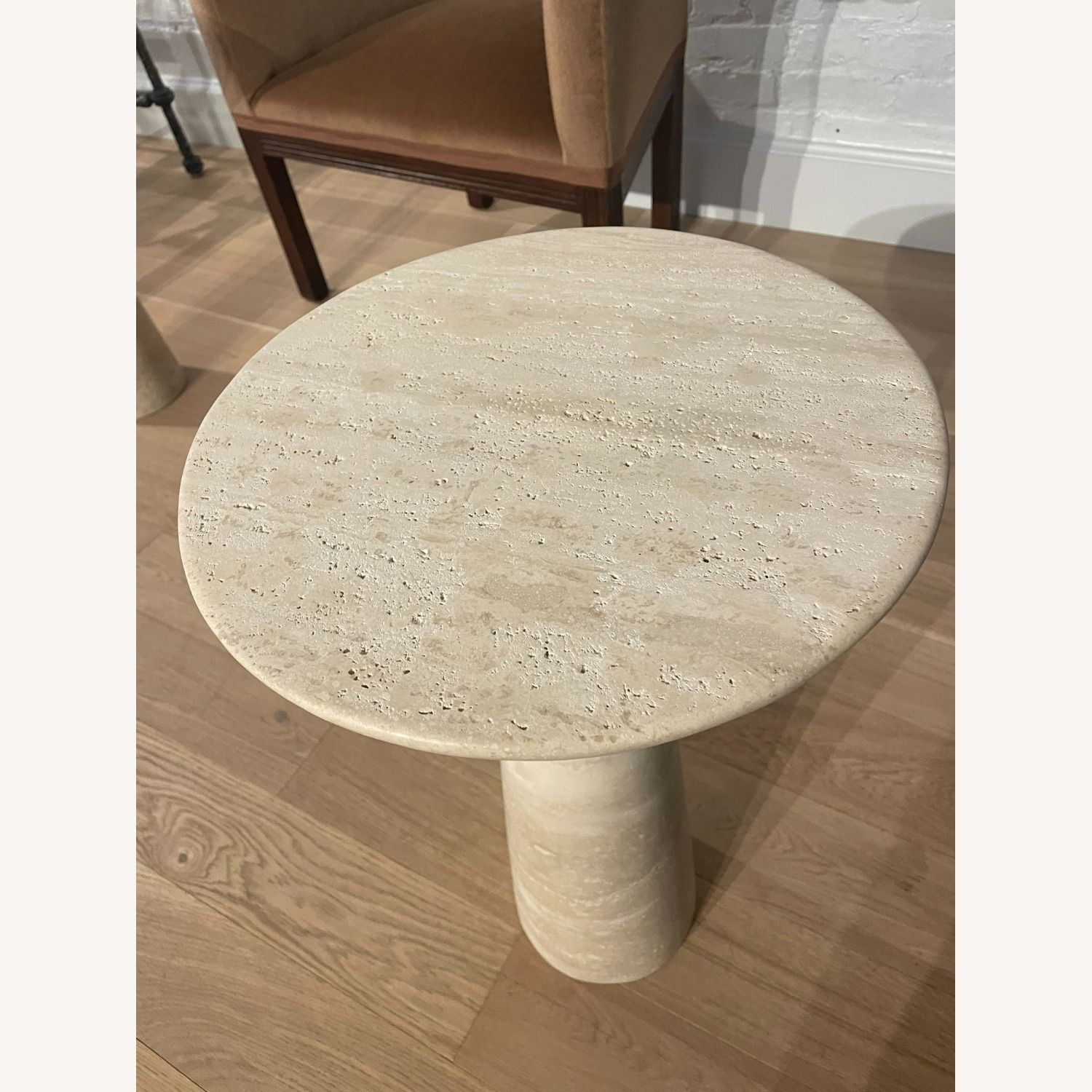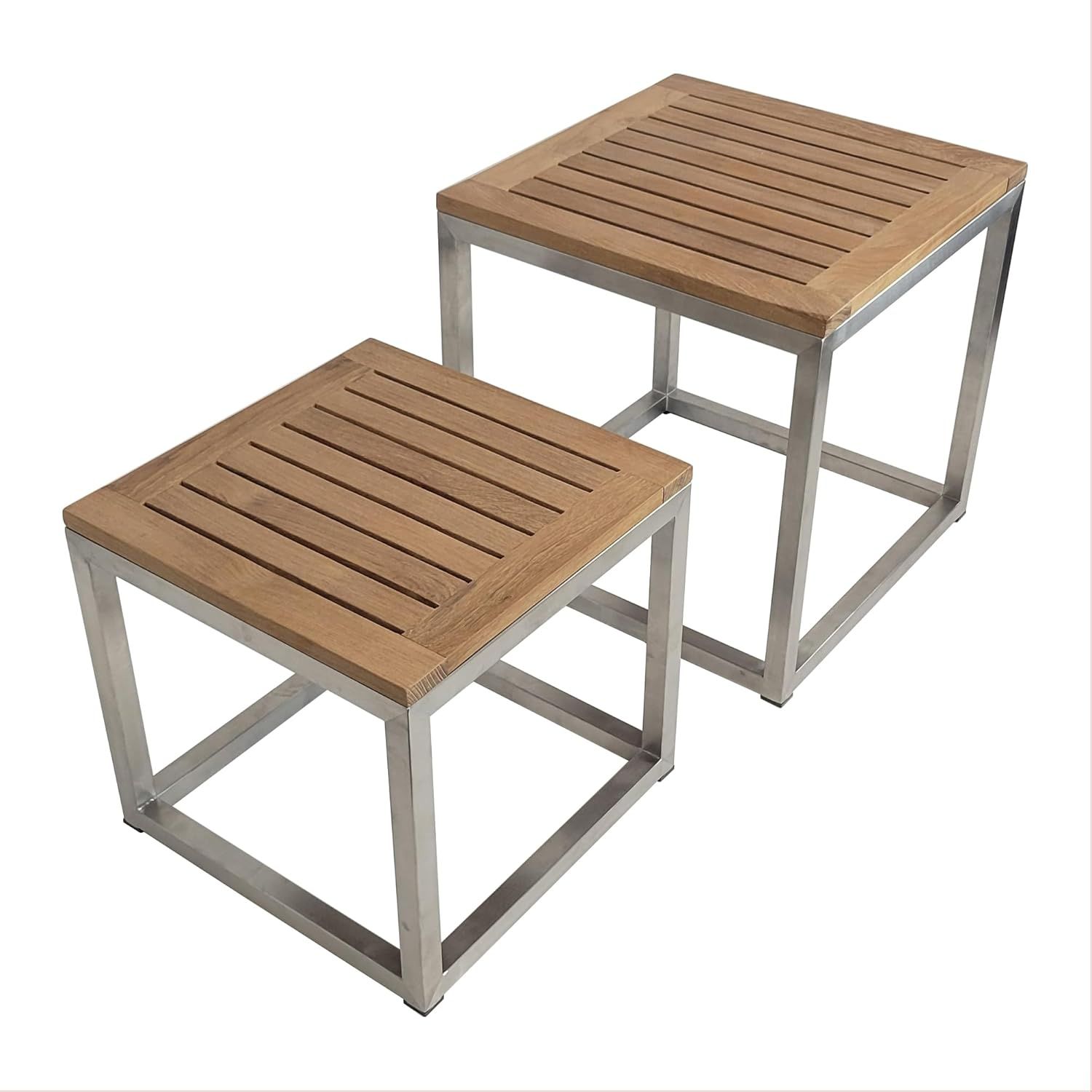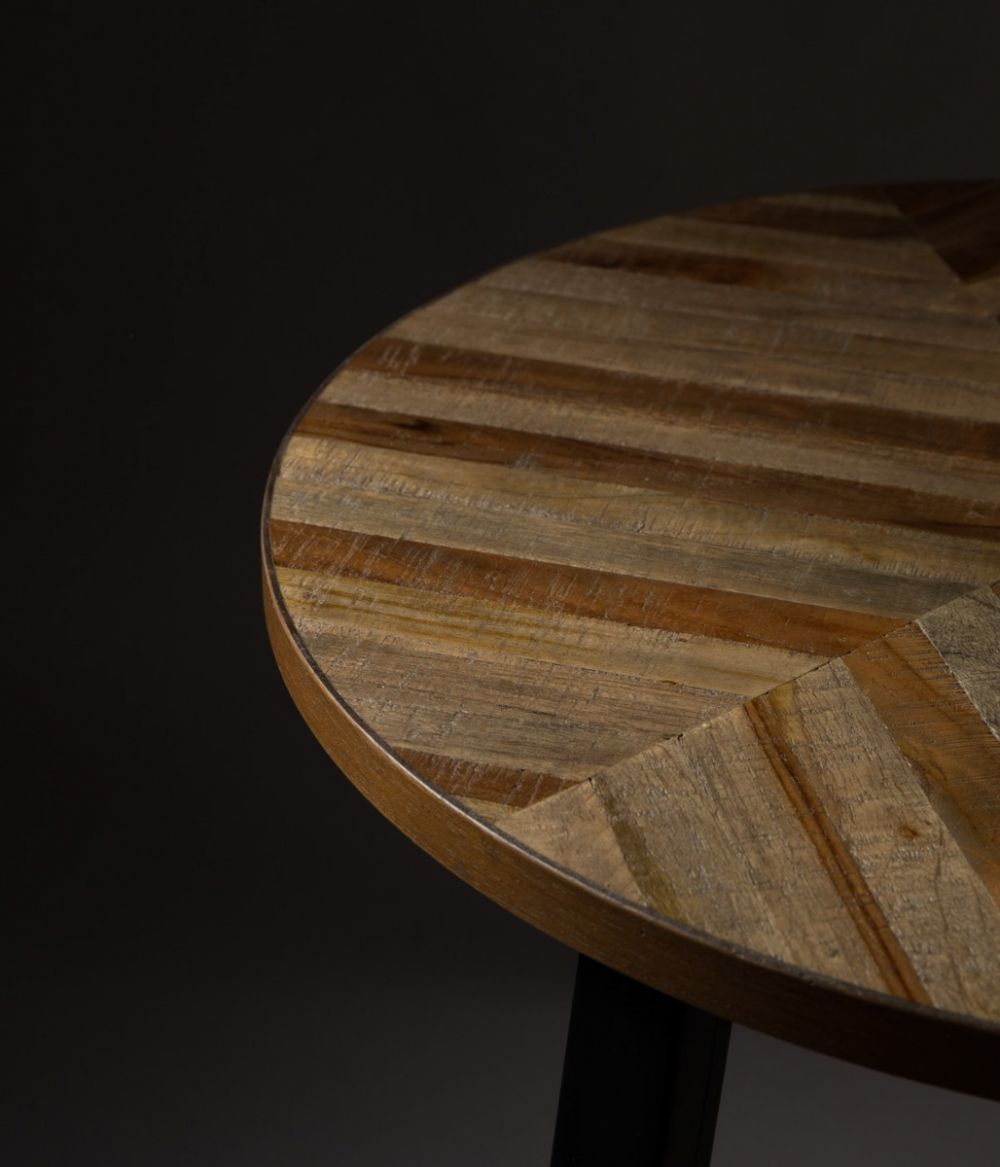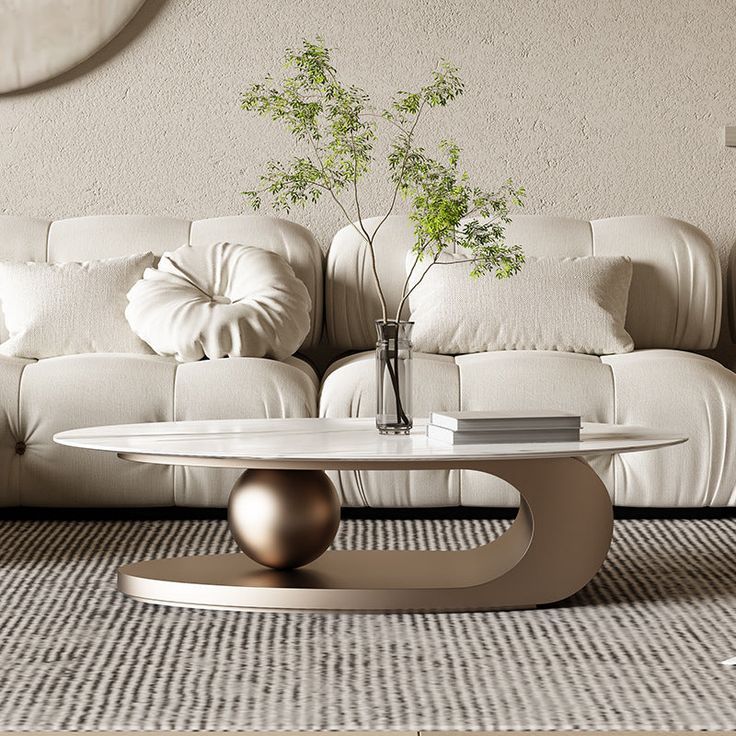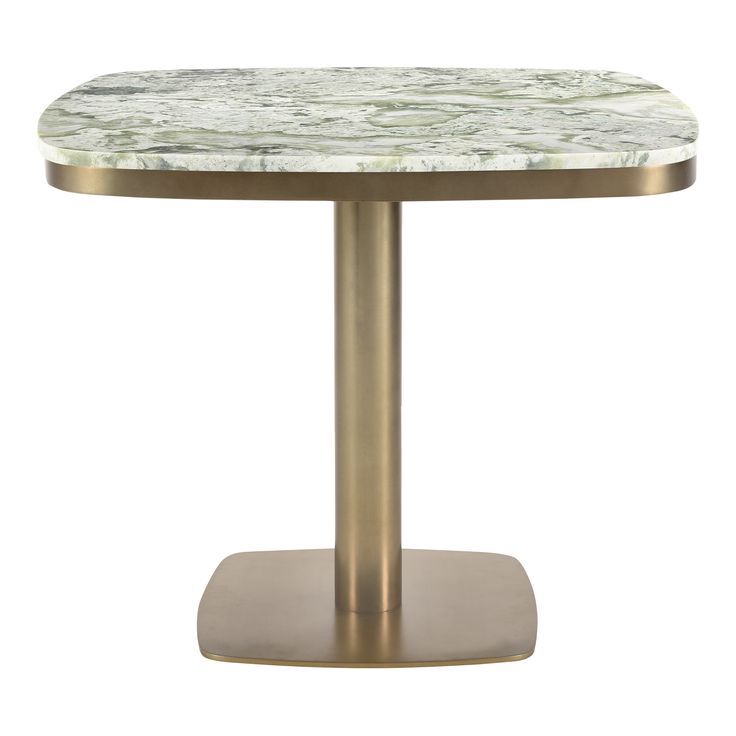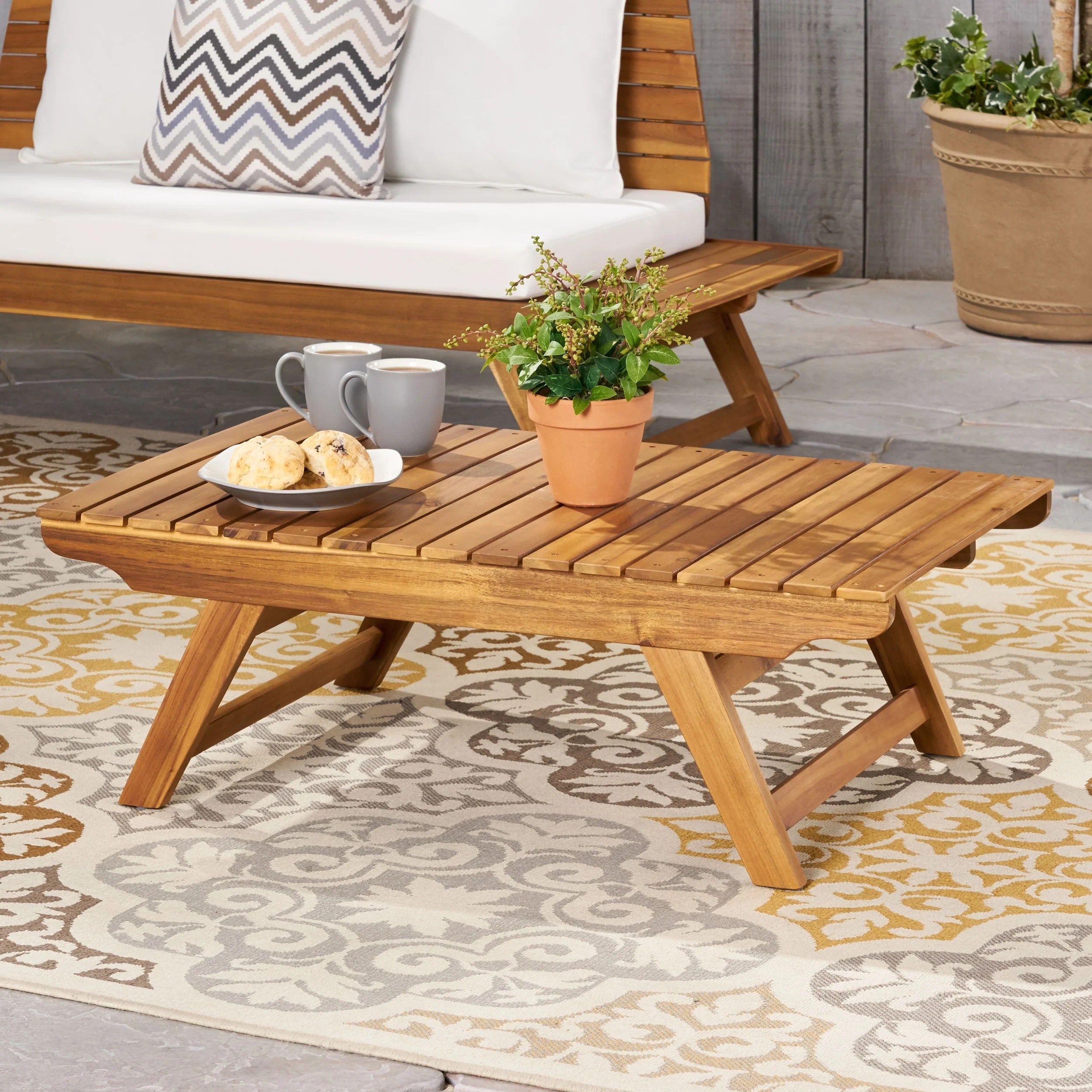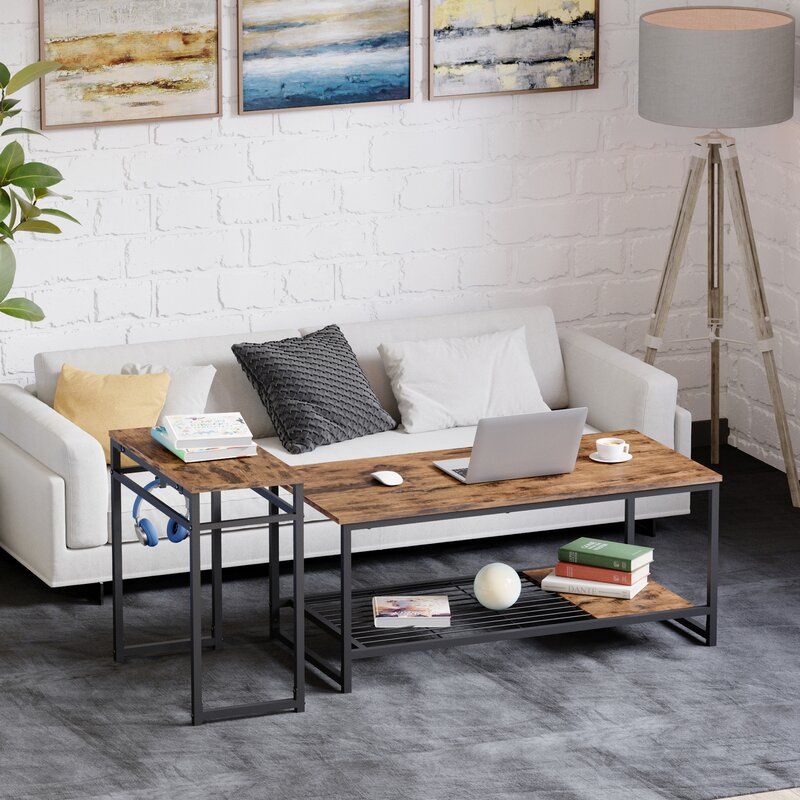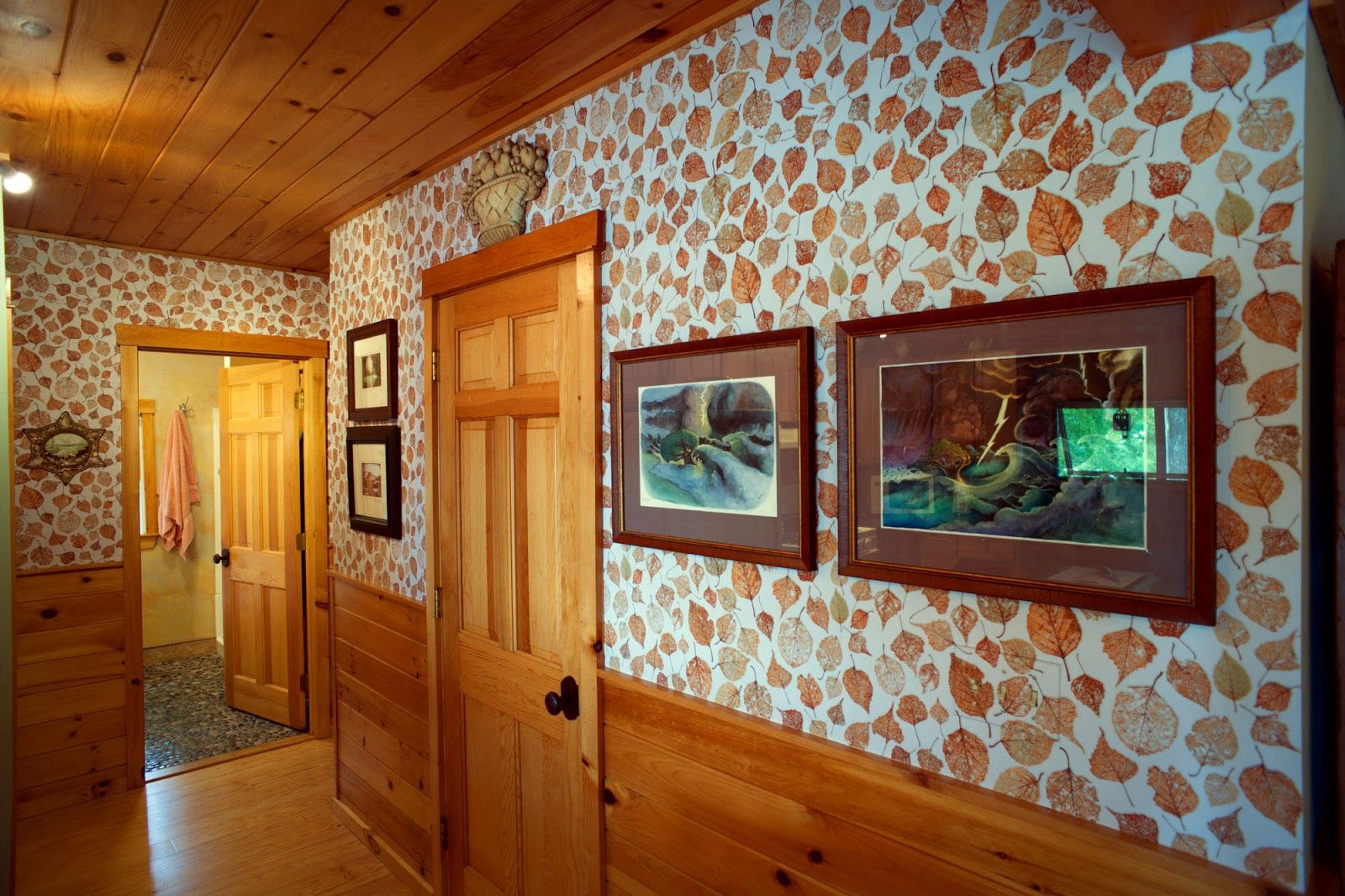Travertine side tables are a beautiful addition to any home. Their natural, earthy tones and unique patterns add a touch of elegance and warmth. But, like any natural stone, travertine requires a bit of care to maintain its beauty over time. It’s not difficult, though. With the right knowledge and a little bit of effort, you can ensure your travertine table remains a stunning centerpiece for years. This guide will give you all the information you need to keep your table in tip-top shape, so let’s get started, shall we?
Travertine is a type of limestone that’s formed by the precipitation of calcium carbonate from mineral springs. This process gives it a distinctive appearance, with small holes and pits that are a natural part of its charm. These holes, however, also make it more susceptible to stains and damage than some other materials. Don’t worry, though; with the right techniques, you can protect your table and enjoy its beauty without fear. We’ll cover everything from daily cleaning routines to more in-depth protection strategies.
Daily Cleaning: The Foundation of Travertine Care
Regular cleaning is the most important thing you can do to maintain your travertine table. Dusting your table frequently with a soft, dry cloth is a good place to start. Avoid harsh cleaning products, such as those containing bleach, ammonia, or acid. These can etch the stone’s surface and cause irreversible damage. A mild soap solution (like dish soap diluted with water) is generally safe, but always test it in a small, inconspicuous area first. Wipe the surface with a soft cloth dampened with the soap solution, then rinse with clean water and dry immediately. This simple routine will prevent dirt and grime from building up, and keep your table looking its best. A vacuum cleaner with a brush attachment can also be used to remove debris from the surface.
Spills and Stains: Quick Action is Key
Accidents happen, and spills are inevitable. The key to dealing with spills on your travertine table is acting quickly. The longer a spill sits on the surface, the more likely it is to stain. For liquid spills, blot them up immediately with a clean, absorbent cloth. Don’t rub, as this can spread the spill and make the stain worse. For food spills, gently scrape away any solid material with a plastic scraper or dull knife. Then, clean the area with a mild soap solution and rinse thoroughly. If a stain persists, you might need to use a poultice, which is a paste designed to draw out stains. More on that in a moment. Think of it like this: the faster you react, the better your chances of saving the day and keeping your table spotless, and that’s a great feeling.
Poultices: Your Secret Weapon Against Stubborn Stains
Poultices are a valuable tool for removing stubborn stains from travertine. You can buy a commercial poultice specifically designed for natural stone, or you can make your own. A simple poultice can be made by mixing baking soda with water to form a thick paste. Apply the poultice to the stain, covering it completely. Cover the poultice with plastic wrap and tape the edges to the table to keep it from drying out too quickly. Allow the poultice to sit for 24-48 hours, or even longer for tougher stains. Once the poultice has dried, gently remove it with a soft cloth and rinse the area with clean water. Repeat the process if necessary. Remember to always test the poultice in an inconspicuous area first to ensure it doesn’t damage the stone. It might be a good idea to consult a professional stone cleaner for particularly difficult stains. Sometimes, a little extra help is needed, and that’s perfectly fine.
Sealing Your Table: Creating a Protective Barrier
Sealing your travertine table is an important step in protecting it from stains and damage. A sealant creates a barrier that helps prevent liquids from penetrating the stone’s surface. There are different types of sealants available, so it’s important to choose one specifically designed for natural stone. Follow the manufacturer’s instructions carefully when applying the sealant. Typically, you’ll need to clean the table thoroughly, allow it to dry completely, and then apply the sealant evenly. Allow the sealant to cure according to the manufacturer’s instructions. Re-sealing your table every 6-12 months, or as needed, will keep it protected and looking its best. Think of it as giving your table a shield against the world; it’s a worthwhile investment.
Avoiding Damage: Common Hazards and How to Prevent Them
Certain things can damage your travertine table, so it’s important to be aware of these hazards. Avoid placing hot items, such as pots and pans, directly on the surface. Always use trivets or hot pads to protect the stone from heat. Be careful with acidic substances, such as lemon juice, vinegar, and wine, as they can etch the surface. Clean up spills immediately. Use coasters under glasses and cups to prevent water rings. Be mindful of abrasive materials, such as scrubbing brushes, which can scratch the surface. By taking these simple precautions, you can significantly reduce the risk of damage and ensure your table remains beautiful for years. It’s all about being proactive and preventing problems before they start.
Regular Maintenance: Keeping Your Table in Top Condition
Beyond daily and immediate cleaning, and sealing, there are other things you can do to maintain your travertine table’s beauty. Inspect the table regularly for any signs of damage, such as scratches, chips, or stains. Address any problems promptly to prevent them from worsening. Consider using furniture pads under the legs of the table to protect your floors and prevent scratches. If you notice any significant damage, consider consulting a professional stone repair specialist. They can often repair chips, scratches, and other damage, restoring your table to its original condition. Regular maintenance is like giving your table a spa day; it keeps it feeling and looking its best. It is a great thing to do.
Caring for your travertine side table doesn’t have to be complicated. By following these simple tips, you can keep your table looking beautiful and ensure it lasts for many years. Regular cleaning, prompt attention to spills, sealing, and avoiding potential hazards are the keys to success. Remember, a little effort goes a long way in preserving the natural beauty and elegance of your travertine furniture. So, embrace the beauty, and enjoy your stunning side table. With proper care, it will undoubtedly become a cherished piece in your home for many years to come. And remember, it’s okay if things aren’t perfect; the natural variations in travertine are part of its charm. Embrace the imperfections, enjoy the beauty, and let your travertine table be a testament to your good taste and care. You’ve got this, I know you do.
